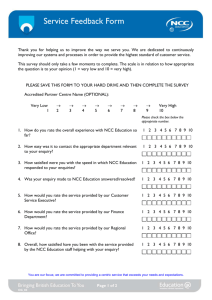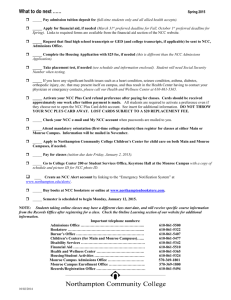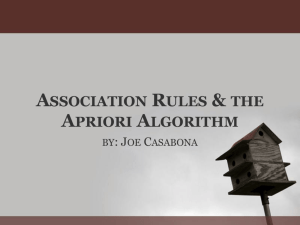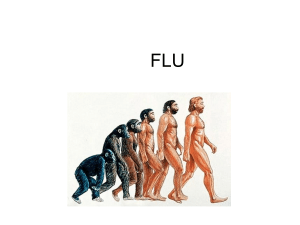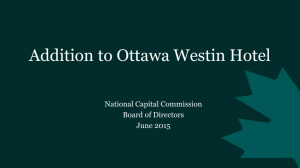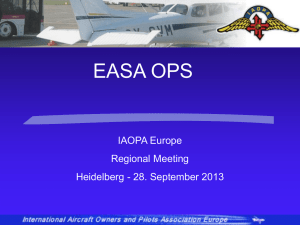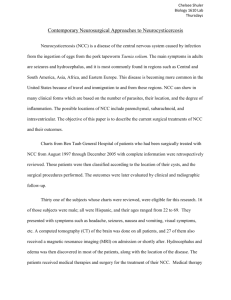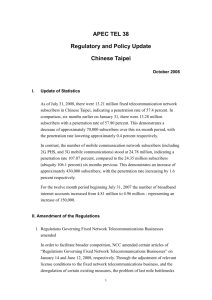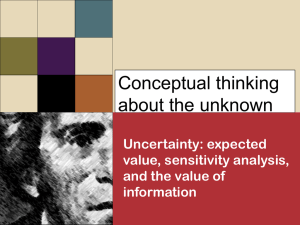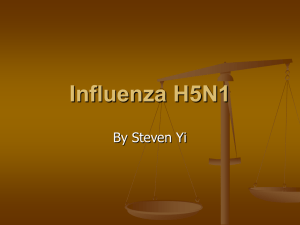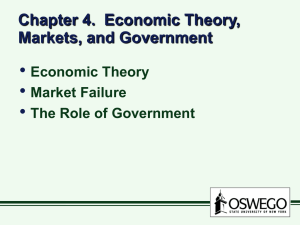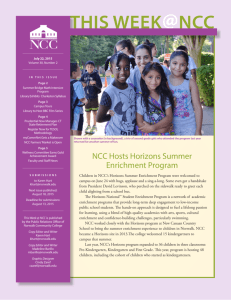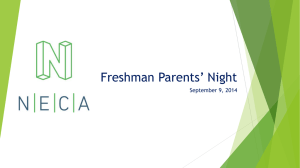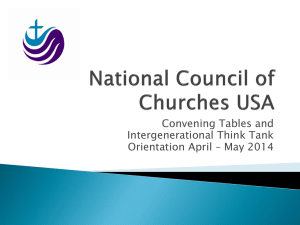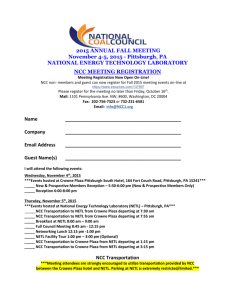- The Crisis and Emergency Management Conference
advertisement
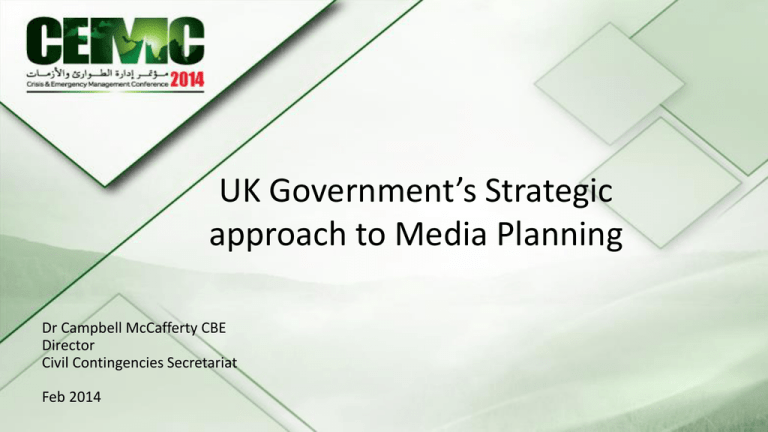
UK Government’s Strategic 25th - 26 th February Sadiyat Island Abu Dhabi approach to Media Planning Title of the Presentation Dr Campbell McCafferty CBE Director Civil Contingencies Secretariat Feb 2014 Overview • Civil Contingencies Act • Why Communications are important • How do we integrate Communications Civil Contingencies Act Aim “The Act, and the accompanying non-legislative measures, delivers a single framework for civil protection in the United Kingdom. It provides a framework to meet the challenges of the 21st century.” The Civil Contingencies Act (Part One) Seven civil protection duties on responders Advice to business Cooperation Information Sharing Communicating with the public Emergency planning Business Continuity Management Risk Assessment Why is Communicating Important COBR seeks to provide: • Strategic direction • Common Recognised Information Picture (CRIP) • Mobilisation and prioritisation of assistance • National intelligence / science assessments • Emergency legislation • International liaison • Public information strategy • Advice on consequence management and longer term recovery COBR Government Departments Ministers & Senior Officials Intelligence Cell (if CT) Lead Department Logistics Situation Cell & Policy Cell Impact Management Group Recovery Group Ops Cell News Coordination SCIENCE (SAGE) Secretariat Central Government Liaison Team Sub-National and local Tier Response Resilience teams (RED CLG) Local co-ordinating Groups Legal advice COBR and Communications • Communications integral to the work of COBR • • • • • Communications representation at the table – lead Govt Department and No10/NCC representative. Media and Public Information is a standing agenda item. NCC collate communications information for the CRIP based on info received from Department / cutting & coverage and communication work undertaken. Produce top lines brief again based on information received from Departments NCC will feedback to key department any Comms actions from the meeting Crisis Communications Planning • Departments planning National Capabilities Programme Stakeholder Planning Online support What is the News Co-ordination Centre (NCC)? • Has own operational base within Cabinet Office estate, in 35 Great Smith Street (GSS) • Only stood up when required - scalable operation to meet needs of the response. • • • • Can be based with central government response team – in COBR– if required – important relationship with CCS and lead Government Department Staffed by volunteers from across government or from with Cabinet Office only, depending on requirements. Importance of the Top Lines Brief (TLB) to ensure co-ordinated information – “one version of the truth” Collation of information that impacts locally + information that might rapidly escalate • Links to GDS from emergency publication • Has been operation at some level almost 50 times. Past NCC Operations.... NCC has been established every year in some form for the past 10 Fully operational years. Millennium Celebrations, National Firefighters dispute 2002/3, London bombing of the 7th July 2007, Papal Visit 2010, Royal Wedding 2011, Diamond Jubilee 2012, Olympic and Paralympic Games Partially operational • Foot and Mouth Disease 2001, Invasion of Iraq in 2003, Swine Flu 2009 In a coordination role • • • • • • • • • 2004: Avian Flu, Madrid Bombings 2005: Tsunami, Pakistan Earthquake, Buncefield, Hurricane Katrina, G8, Fuel Dispute (x2) 2006: Alexander Litvinenko, Avian Flu (x2),Evacuation of British National from Lebanon, Terrorist threat to Airlines 2007: Avian Flu (x2) Bombs in London /Glasgow, 2007 Avian Influenza x 2 Wales & Suffolk, Flooding, Foot and Mouth, Bluetongue and Tidal Surge 2008 Avian Flu (x2) Tanker Drivers dispute 2009: Tamil Protests, Severe Weather, NEC and Economic Impacts, G20 2010: Severe Weather, Volcanic Ash, more Severe Weather... 2011 : Japanese Earthquake, Volcanic Ash, Public Disorder, Welsh Mining Accident 2012 : Potential Disruption to Fuel Supply There is a great deal of difference between listening and hearing • G K Chesterton
